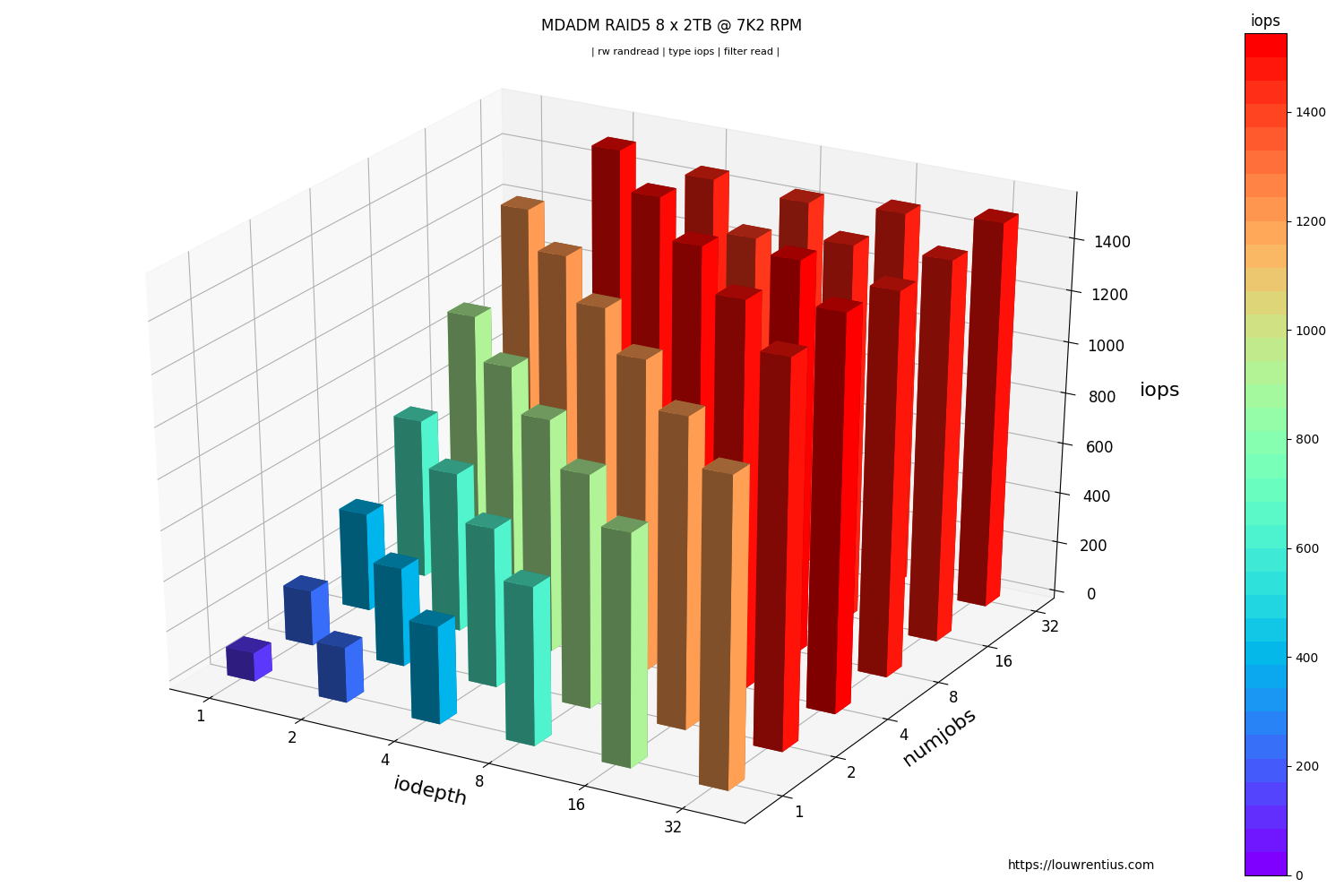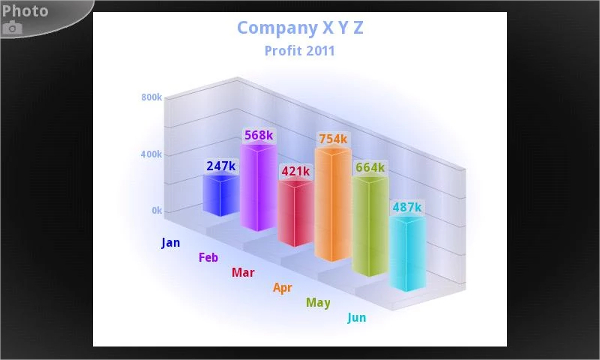

> tables.df # get a pandas DataFrame!Ĭamelot only works with text-based PDFs and not scanned documents. > tables.to_csv('foo.csv') # to_json, to_excel, to_html > tables.export('foo.csv', f='csv', compress=True) # json, excel, html

On the other hand if you just want to create structured data table (fields) and fill them with random proper content (records) with a single click then DataCreator is what you might want to look at, I've written a review DataCreator.Īlong similar lines Camelot is described as a PDF Table Extraction for Humans, Camelot is a Python library that makes it easy to extract tables from PDF files. Tabula allows you to extract that data into a CSV or Microsoft Excel spreadsheet using a simple, easy-to-use interface. If you have ever been in the situation where supporting information is provided in PDF format then you will appreciate Tabula.

Used in hundreds of published works by thousands of usersĪlso useful for measuring distances or angles between various features Works with a wide variety of charts (XY, bar, polar, ternary, maps etc.)Īutomatic extraction algorithms make it easy to extract a large number of data pointsįree to use, opensource and cross-platform (web and desktop)

There are also web-based tools WebPlotDigitizer is a semi-automated tool for reverse engineering images of data visualizations to extract the underlying numerical data. Typically, you scan a graph from a publication, load it into DataThief, and save the resulting coordinates, so you can use them in calculations or graphs that include your own data. It is a native Mac OS X application and an Apple design award winner.ĭataThief III is a Java application to extract (reverse engineer) data points from a graph. GraphClick is a graph digitizer software which allows to automatically retrieve the original (x,y)-data from the image of a scanned graph or from a QuickTime movie. I know of two tools that help in this task. Whilst the tools above provide a wealth of alternatives for exploring and analysing data one other request often comes up, if you have a hard copy of a graph how do you get the data into one of the above packages. Open source visual analysis framework targeted at biomolecular data Python front-end to NumPy, SciPy, R, FLINT etc. GAUSS Mathematical and Statistical System Remember that many of the more expensive applications have free/cheap academic or student versions Many years ago Scott Hannahs compiled a fabulous list of the tools for Data Analysis available for Mac OS X for the SciTech mailing list and I thought it would be useful to spread the word, since then many people have contacted me and the list has grown.


 0 kommentar(er)
0 kommentar(er)
